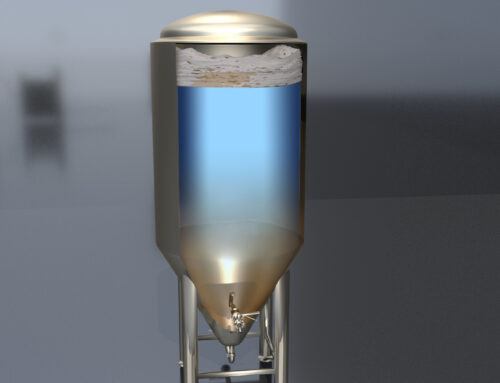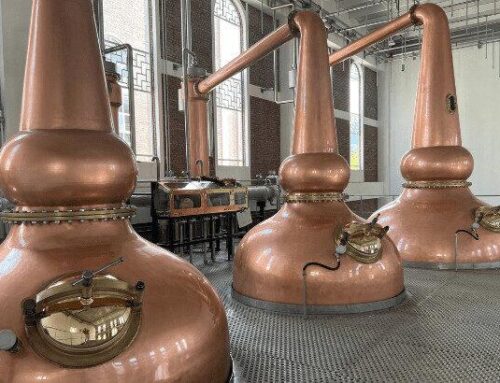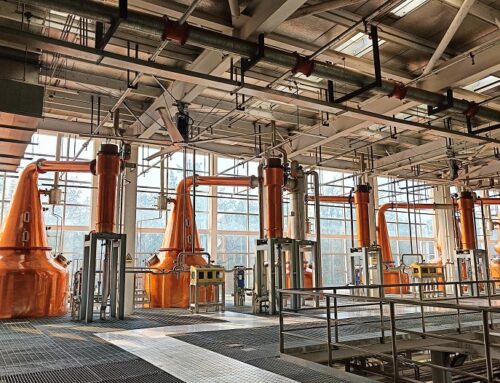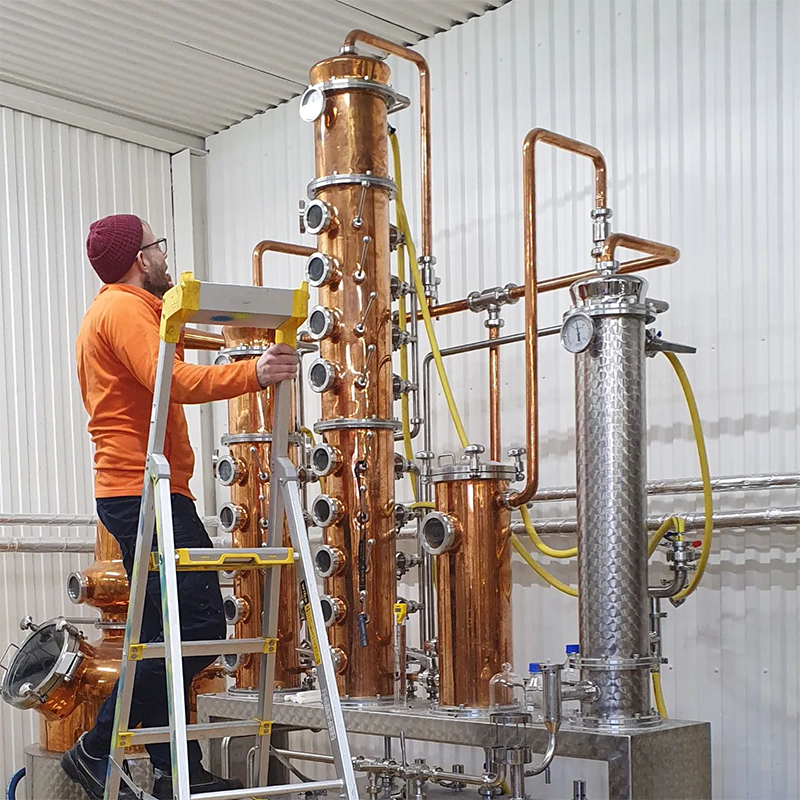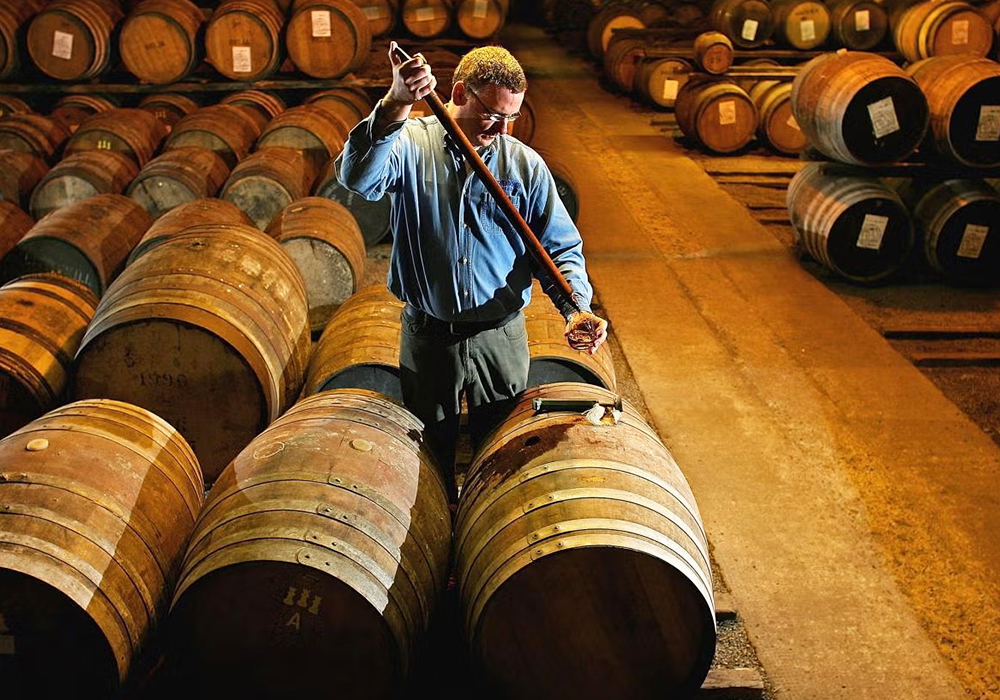
Tips for Aging Spirits in Oak Barrels
Aging in oak barrels is a time-honored practice that enhances the character and complexity of spirits, adding depth, flavor, and smoothness to the final product. Mastering barrel selection, preparation, filling, and maintenance techniques can transform raw distillate into premium spirits. Here is an expert guide on how to properly use and care for oak barrels for optimal aging results.
Preparing Oak Barrels for Aging
Before filling your spirit into a new oak barrel, proper preparation is essential to prevent leaks and ensure ideal aging conditions: Start by filling the barrel with water and emptying it 2-3 times. This process helps remove any wood debris that could affect the flavor of the spirit. After rinsing, fill the barrel with water and let it sit for 1-5 days. The soaking process allows the wood to swell, sealing any gaps that could cause leaks. Some leaks may occur initially, but the barrel should be completely waterproof after curing. After curing, fill the barrel with spirit as soon as possible to retain moisture in the wood. Avoid storing empty barrels in a dry environment, as this can cause the wood to crack, potentially causing irreparable damage to the barrel.
Proper Tips for Filling Oak Barrels
Oak barrels should be filled to the brim, making sure all air is removed. This prevents oxidation and helps preserve the quality of the wine. After filling, tighten the bung to create an airtight seal, which is essential to minimizing evaporation and protecting the wine during the aging process. For barrels that will be reused, it is best to have another batch of wine ready to refill immediately. Leaving a barrel empty for a long time can cause it to dry out, risking leaks or deterioration.
Wine Barrel Care to Extend Life
Oak wine barrels require regular care to ensure their longevity and prevent deterioration: Clean after each use: To clean, rinse the barrel with water or a mild cleaning solution such as soda ash or a dedicated wine barrel cleaner and soak for 2-3 days. This step removes excess tannins and residue. Lightly sanding the outside of the barrel can remove signs of wear, while a coat of food-safe varnish may help protect the wood. Make sure the varnish does not seep into the barrel, as this can affect the quality of the spirit. If the barrel dries out, refill it with water to restore moisture and restart the curing process. A properly cared-for wine barrel can be used many times and maintain its quality and functionality for a long time.
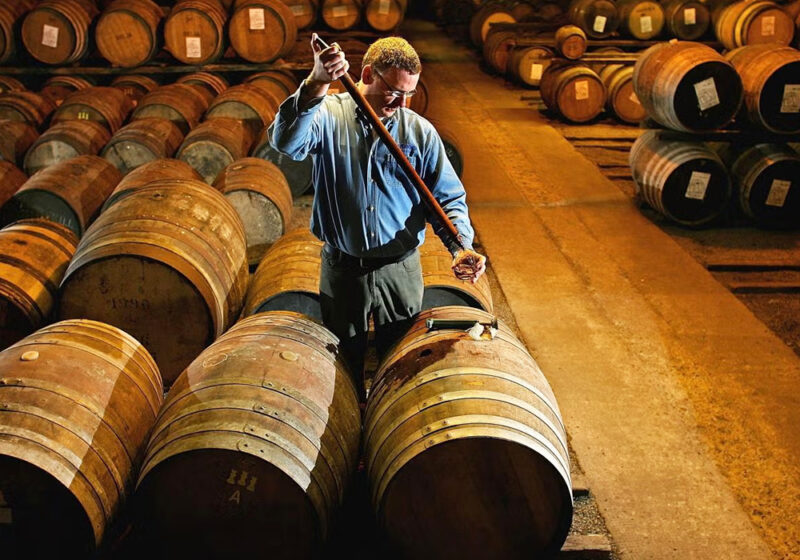
Optimal Storage Conditions for Oak Barrels
The barrel’s storage environment plays a crucial role in the aging process: Store barrels in a cool, stable environment, preferably away from direct sunlight. Temperature and humidity fluctuations can cause the wood to expand and contract, which can lead to leaks and accelerated evaporation. The “angel’s share” is the portion of the spirit lost to evaporation – an average of about 5% over two years, although this rate can vary by climate. In dry or heated conditions, expect more evaporation, affecting the barrel’s contents and flavor development.
Determining Aging Time
The ideal aging time depends on the type of spirit and the desired flavor profile: Taste every few weeks to check on the spirit’s progress. Flavor complexity changes over time, so regular testing will help determine the right balance and prevent over-aging. Some spirits reach their best state in a few months, while others may take years. When the spirit reaches the desired state, transfer it to carboys for storage and prepare the barrels for a new batch.
Oak Types and Reusing Barrels
American White Oak: Known for its rich vanilla, caramel, and spice flavors, American oak is a popular material for aging spirits such as bourbon and whiskey.
Reuse Limits: Oak barrels can be reused, but their flavor impact diminishes with each cycle. Here are general guidelines for reusing barrels by spirit type:
Tequila: Up to 10 times
Rum: Up to 7 times
Whiskey/Bourbon: Typically 4 times
Wine: Typically only once
After reaching the recommended reuse limit, barrels are still excellent storage vessels, although their impact on aging will be minimal.
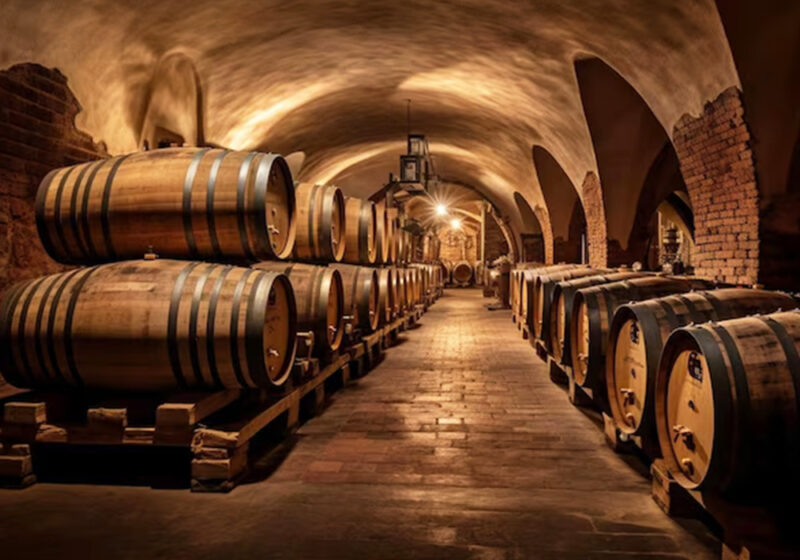
Aging spirits in oak barrels is a complex process, and every step, from selecting and preparing the barrels to controlling the environment and maintaining the wood, affects the final product. With well-cared oak barrels and the right aging techniques, distillers can produce spirits with rich complexity and character.

